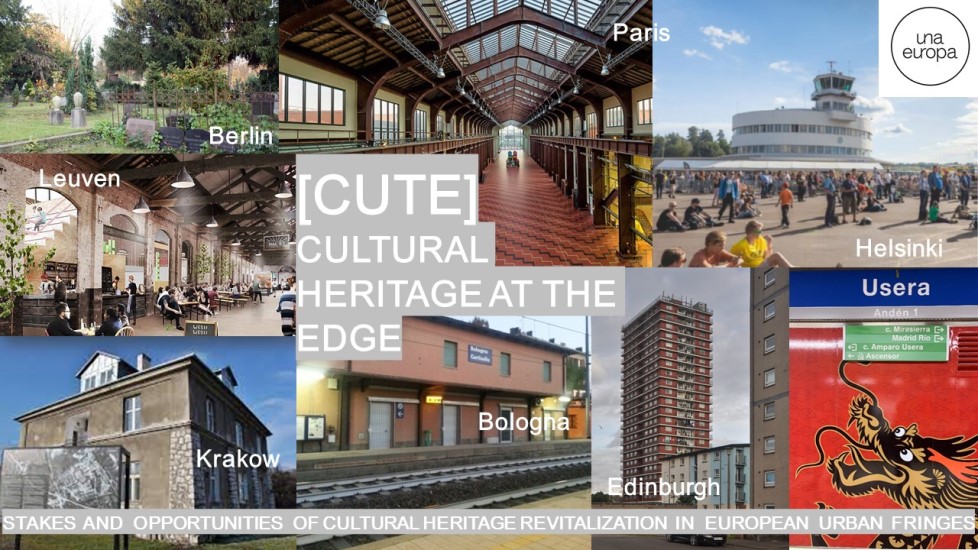
|
|
|
Case Studies > Edinburgh at the SeasideWhile other cities might focus on their waterfronts as spaces of work and trade such as harbours, or spaces of leisure such as beaches, most of Edinburgh’s waterfront appears, at first glance, as a waste space, largely abandoned by industry or leisure and invisible to the larger part of the city. It is dotted with attempts at regeneration. Most usually incomplete, these developments represent confrontations between historic urban fabric, post-industrial abandonment, and infrastructure such as sewage. But in the last two years, some parts of the Edinburgh Coastline have enjoyed a new life as the city’s beach. In the absence of anywhere else to go, Edinburgh’s citizens once again frequent the esplanades and beaches at Portobello and Cramond as their great-grandparents did before the rise of the foreign holiday. The apparently ephemeral, throwaway world of the seaside represents an unlikely arena for producing a heritage for Edinburgh’s neglected and contested periphery. This study uses innovative approaches to cultural heritage that engage the informal, the transient, and the localized; that deal in processes and relations, disagreements, dissonances, and temporary alliances of convenience, to identify opportunities not just for institutional or governmental intervention, but also for community action, and to articulate possible futures for the past of the area.
|
| Online user: 2 | Privacy |

|

